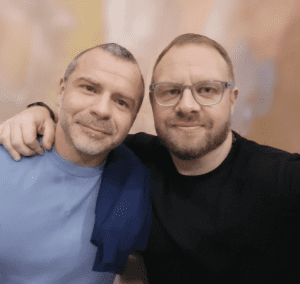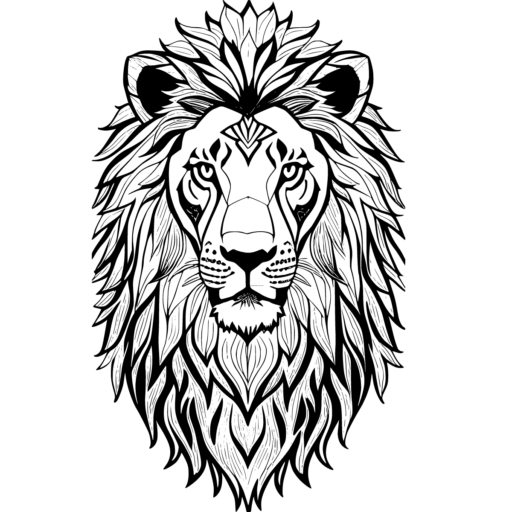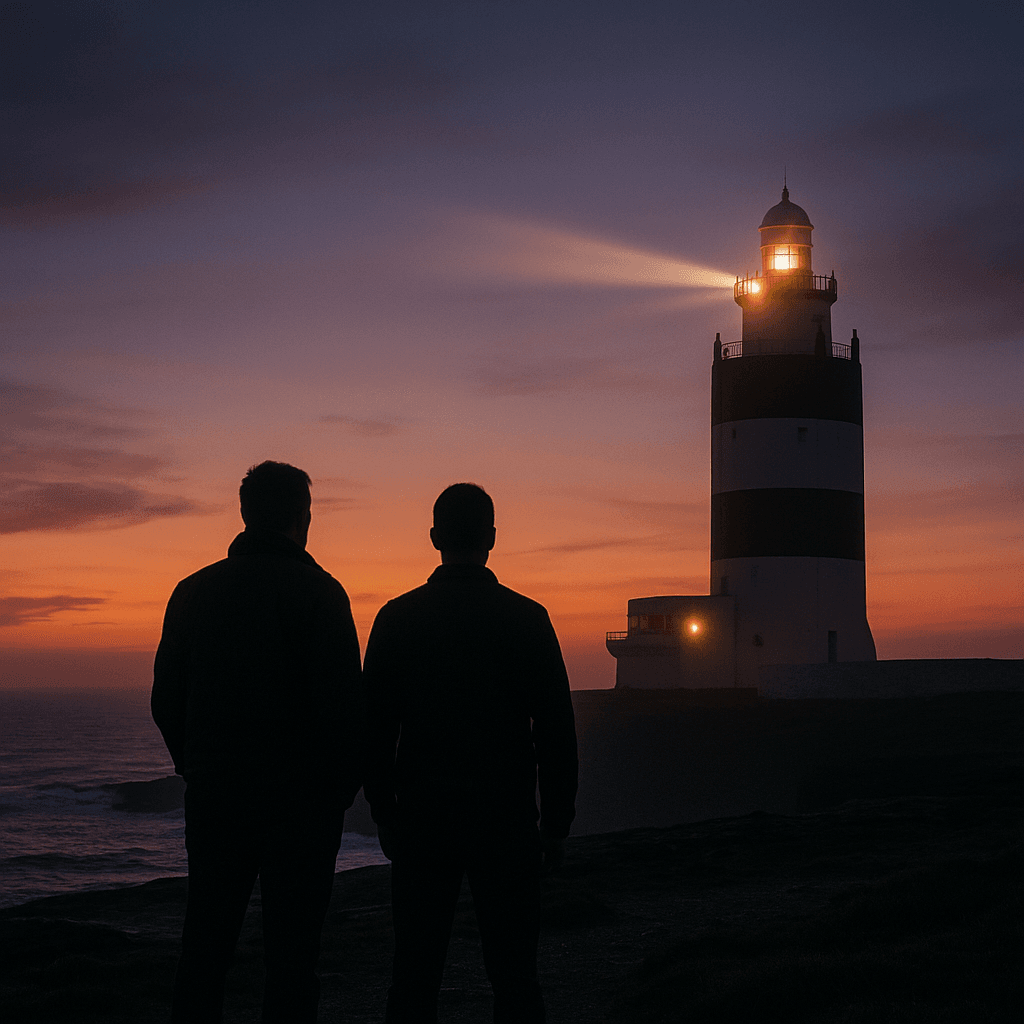
We don’t believe in gurus.
We believe in people who’ve been through it. People who’ve walked through the fire, turned around and built something solid for others to hold on to.
That’s what this is. Empowerment & Elevation isn’t theory — it’s a system built by two men who’ve lived both sides of the storm.
For years, I was building the lighthouse.
Brick by brick. Phase by phase. A framework to rebuild energy, restore structure and rise again after burnout, chaos, or collapse. The Elevation Pathway was born out of my own transformation — not just recovery, but optimisation.
But a lighthouse without a bulb is just a tower.
That’s when Mark stepped in.
He brought the light — hard-won, grounded wisdom from a man who faced addiction head-on, overcame the triple punch of alcohol, drugs and gambling, who went on to become a professional addiction counsellor. His story isn’t polished. It’s real. And it’s exactly what this platform needed.
Together, we’ve created something bigger. Something stronger. Something honest.
We’re not here to sell you hope. We’re here to hand you a map — one path for rebuilding your body and discipline, another for reclaiming your life from addiction and chaos.
Just a few miles down the coast from where this platform was born, the Hook Lighthouse still stands — one of the oldest working lighthouses in the world.
That’s what we’re building here.
Something that lasts.
A light that still cuts through the storm.
We don’t market with hype. We market with clarity.
✊ The Empowerment & Elevation Philosophy
We’re not here to manipulate.
We’re not here to posture.
We’re not here to fake success for likes.
We’re here to speak truthfully to the people who are exactly where we were.
To offer them something solid.
To show up consistently, so they know we’re real.
That’s it.
Marketing, in our world, is just truth — told clearly and often.
David & Mark
